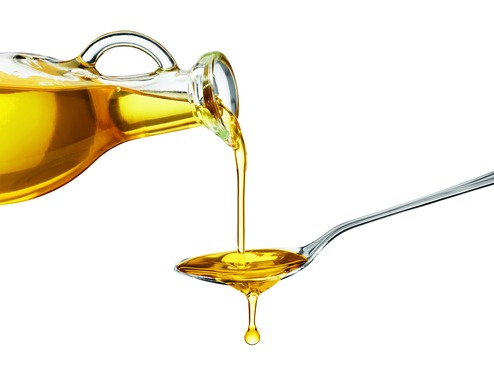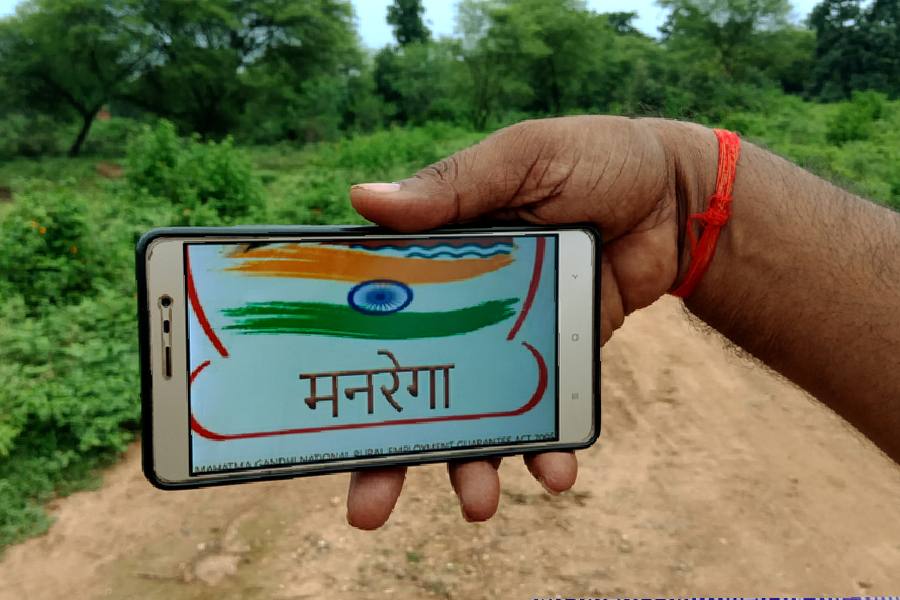
Bottles of olive oil are flying off supermarket shelves these days as the fad of cooking in this "healthy" oil sweeps Indian kitchens. Olive oil is part of the fabled Mediterranean diet, which has been found to give people better heart health and longer lives. We Indians, however, just cannot live on salads, nuts, sautéed fish, baked chicken, stir fried vegetables and fruits, in other words, the Mediterranean diet. So we adopted what we thought was the best part - olive oil. And since extra virgin olive oil (EVOO) is the best grade of olive oil, that is the one we chose to spend our hard-earned money on.
Unfortunately, EVOO is not meant for cooking - the best way to have it is raw. You can spread it on bread or chapatti, dress salads and use it to marinate fish, chicken or vegetables. But as soon as you heat olive oil, it begins to smoke and its nutritive benefits too go up in smoke. Also, most things you cook in olive oil - and everything cooked in EVOO - will taste a little odd.
Olive oil has a very low smoking point, about 160° Celsius. To provide a point of comparison, the smoking point of mustard oil is 250°C and that of sunflower oil is 230°C. Indian dishes usually require deep frying at over 200°C. And the moment hot olive oil starts smoking, harmful free radicals are produced. Eating food cooked in that oil - which carries all the harmful radicals - regularly can lead to heart disease, stroke and cancer.
According to a study published recently in the New England Journal of Medicine, any cooking oil with high amounts of monounsaturated fatty acid (Mufa) lowers the level of bad cholesterol and insulin in blood, keeping your heart and brain healthy. Mufas are also high in vitamin E and anti-oxidants that keep your body healthy by protecting your cells from damage. The other friendly fat is polyunsatu-rated fatty acid (Pufa) which, in turn, has omega-3 fatty acids and omega-6 fatty acids that play a key role in growth, development and brain function. Olive oil has 55-83 per cent Mufa and 21 per cent Pufa.
It also has about 20 per cent of saturated fats, which are, of course, harmful. So consuming too much olive oil can raise your bad cholesterol, blood sugar and the risk of heart disease and a few types of cancer (such as breast and colon). It may also lead to gallstones, high blood pressure and indigestion.
"There is another problem," says nutritionist Vijaya Agarwal. "Olive oil has too little omega-3 fatty acid, so you must have enough oily fish or walnuts to cover the deficiency [the Mediterranean diet includes fish at least twice a week]. That is why we advise people to cook in a variety of oils including mustard, soyabean and rice bran. Olive oil is good for salad dressings and to spread on bread," she says.
What is more, the olive oil you are paying a fortune for may not be the real thing. "A lot of olive oil in the Indian market is actually just flavoured and coloured vegetable oil. Also, don't fall for olive oils graded as Italian, Greek, Californian and so on," says Agarwal.
The quality of olive oil depends on the origin and quality of olives. The International Olive Oil Council determines and grades the quality depending on the procedure of cultivation, the process of harvesting the oil and the way it is packaged.
There are usually three grades: extra virgin, virgin and plain. Olive pomace oil is extracted from the olive pulp after the first press, when approximately only 10 per cent of the oil remains.
You should make olive oil a part of your diet, just don't cook in it. Store extra virgin or virgin olive oil in a cool dry place or in the refrigerator and use it to flavour salads. It is better to buy small bottles as its shelf life is not more than two years. Remember to check the "use by" date before you buy a bottle.
Grades of olive oil
EXTRA VIRGIN: Extracted by mechanical press, it is full of flavour and best to eat raw
VIRGIN: Also extracted by mechanical press, it can be had raw or used in light cooking
PLAIN OR PURE: Refined olive oil, which is typically blended with a little virgin oil for flavour and colour. Can withstand some heat and has a long shelf life
POMACE: Extracted from olive pulp after the first press, using chemical solvents. Usually used in bakery products
Sujata Mukherjee has a PhD in Inorganic Chemistry and is a hospital administrator










